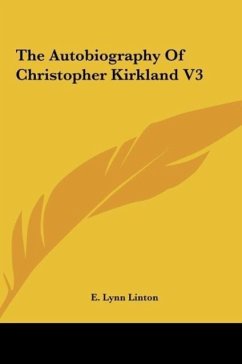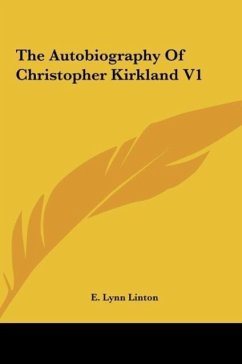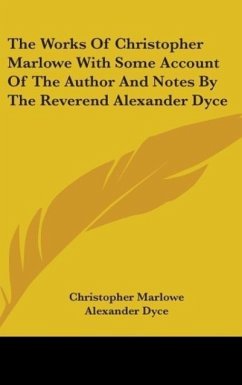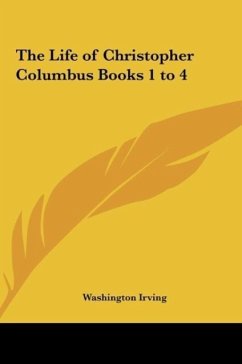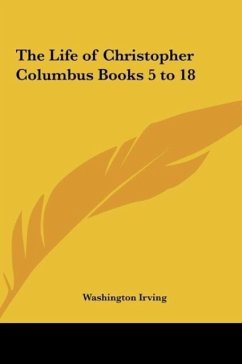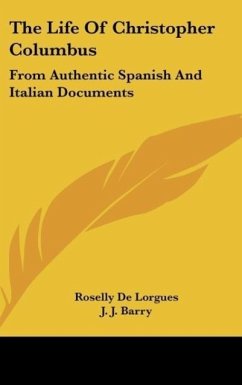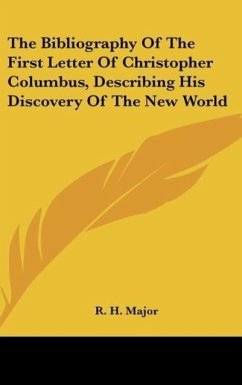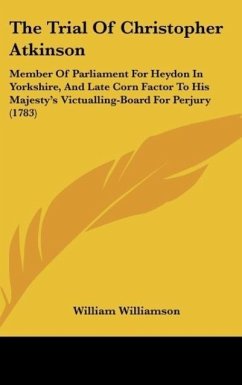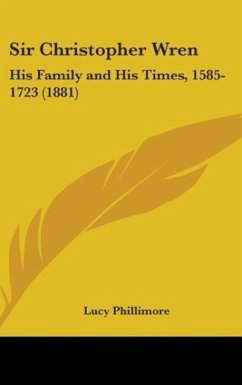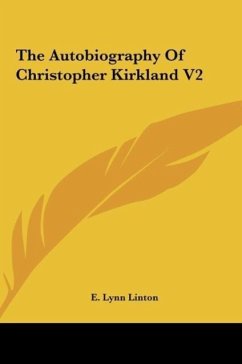
The Autobiography Of Christopher Kirkland V2
Versandkostenfrei!
Versandfertig in 1-2 Wochen
28,99 €
inkl. MwSt.

PAYBACK Punkte
14 °P sammeln!
The matrimonial ideal of the one love for life, beginning in youth, enduring through maturity to old age, and ending only with death, is of course the purest and noblest basis of the family. Extremes meeting, we see this condition fulfilled in those elemental states of society where wants are few, the intellect is undeveloped, the sphere restricted, and the instincts, satisfied, leave no room for vagrant imagination--where in fact, there is no imagination to go astray.



